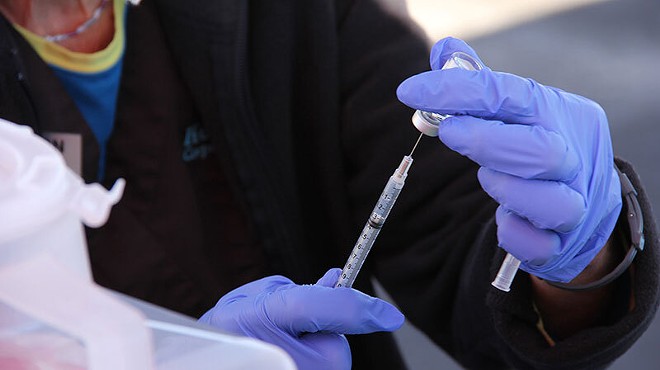Friday, August 28, 2009
More From Mars

- NASA/JPL/University of Arizona

- NASA/JPL/University of Arizona
Here are some of the latest photos of Mars taken by the UA Lunar and Planetary Lab's HiRISE camera aboard the Mars Reconnaissance Orbiter.
The upper image features dunes near the Martian north pole. Shane Byrne explains:
Multiple levels within the north polar layered deposits are visible in this HiRISE image.The north polar layered deposits (NPLD) are a stack of dusty water-ice layers that are thought to record information about past Martian climates in the same way that ice-caps on the Earth record variations in our climate. These Martian layers are visible in the walls of troughs and scarps eroded into the stack. One such scarp-face is visible on the far left of the full image and decreases in height from left to right.
Scientists continue to debate the length of time required to
accumulate this stack of layers with estimates ranging from a few million years to about a billion years. Although we don’t yet know which layer corresponds to which time in Mars’ history, we can still use these layers to try to understand how the climate has changed over this period.
The topmost layers, which are the most recent (far left of the image), are brighter and appear brownish in this false-color view. They are interpreted to be a mixture of water ice and dust. The lower layering is more complex and appears to be a mixture of bright whiteiish layers (that we think are ice) and dark blue-ish layers (which we think are mostly sand). A large pit in the center of the image penetrates deeply into this stack of layers and shows these alternating sandy and icy layers extending to depths of hundreds of meters (about 1000 feet).
Erosion of the dark sandy layers releases sandy material which collects into dunes such as the linear example that stretches across the middle of this image.
The lower image is a fissure-vent along Cerberus Fossae.















